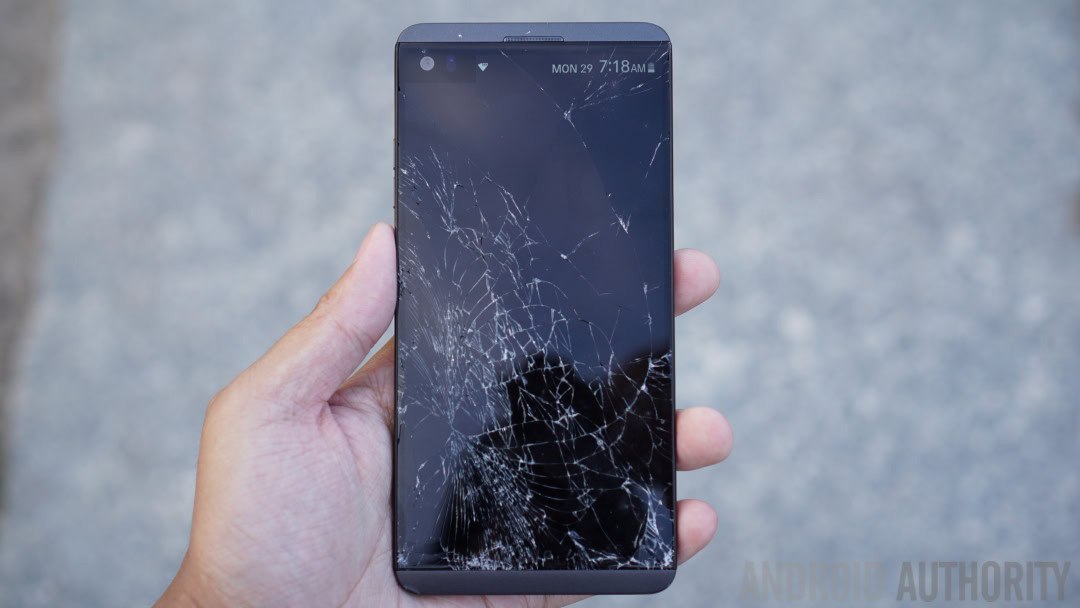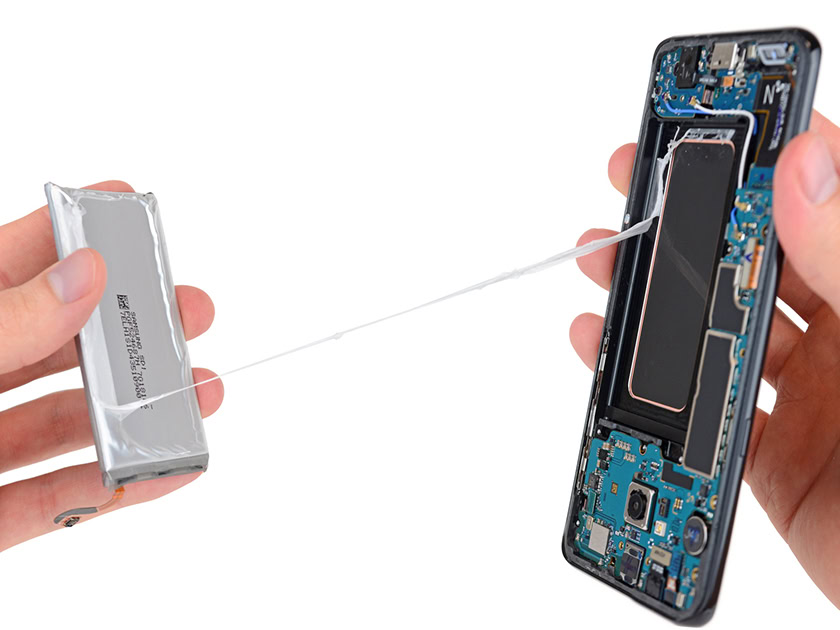Affiliate links on Android Authority may earn us a commission. Learn more.
Future phones may come coated with this new self-healing material
Published onJanuary 12, 2018

- A research team from Korea has developed a new self-healing material called “Elastomer.”
- “Elastomer” is able to heal itself at room temperature and has high tensile strength.
- Sadly, it’s unlikely that we will see this material in commercial capacity any time soon.
A team of Korean researchers have developed a new self-hearing material called “Elastomer,” which can restore dents and cracks within 30 minutes.

As technologies like wireless charging become the norm, the general design trend is also changing to accompany those technologies. If we look at some of the leading smartphone manufacturers and their flagships like the Galaxy S8 or the iPhone X, it’s clear that glass construction is back in style. While it is aesthetically pleasing and enables features like wireless charging, there is a significant durability issue. Glass is more susceptible to damage, especially compared to aluminium, and what could be worse than breaking a $1,300 phone?
Thanks to a team of researchers from the Korea Research Institute of Chemical Technology, however, you might never have to experience that pain ever again. According to ET News, the research team has developed a new material dubbed “Elastomer,” which is able to heal itself at room temperature and at the same time, doubles the amount of the highest level of existing tensile strength. Tensile strength refers to the resistance of a material to breaking under tension – something that has long been a problem with self-healing materials. In other words, “Elastomer” is capable of healing itself all the while maintaining enough tensile strength to be commercially viable.
“Elastomer” is capable of healing itself all the while maintaining enough tensile strength to be commercially viable.
According to the team, this new material can be used as a protective layer on mobile devices. In fact, based on its experiments, it was able to “automatically restore any outside cracks within 30 minutes.” Although we are unlikely to see commercial use of “Elastomer” any time soon, the research team’s announcement gives us a glimpse of what technologies lie ahead in terms of the materials that we’ll find on our mobile devices.